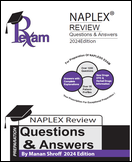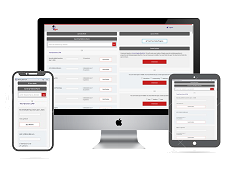
Which of the following classes of drugs shall be strictly avoided with Methylene Blue? [Select ALL THAT APPLY].
a. SSRIs
b. Penicillin Antibiotics
c. Triazole antifungal agents
d. Calcium channel blockers
e. SNRIs
Which of the following classes of drugs shall be strictly avoided with Methylene Blue? [Select ALL THAT APPLY].
a. SSRIs
b. Penicillin Antibiotics
c. Triazole antifungal agents
d. Calcium channel blockers
e. SNRIs
Answer: (a,e). FDA has issued two safety communications regarding adverse drug reactions in patients taking certain psychiatric medications, and also given methylene blue or linezolid (Zyvox). Specifically, FDA has received reports of serious central nervous system reactions in patients taking serotonergic psychiatric medications (SSRIs or SNRIs) who are also given methylene blue, a product commonly used in diagnostic procedures. FDA explains that "although the exact mechanism of this drug interaction is unknown, methylene blue inhibits the action of monoamine oxidase A - an enzyme responsible for breaking down serotonin in the brain.
It is believed that when methylene blue is given to patients taking serotonergic psychiatric medications, high levels of serotonin can build up in the brain, causing toxicity. This is referred to as Serotonin Syndrome.
Signs and symptoms of Serotonin Syndrome include mental changes (confusion, hyperactivity, memory problems), muscle twitching, excessive sweating, shivering or shaking, diarrhea, trouble with coordination, and/or fever.
Similar reports of interactions between certain serotonergic psychiatric medications and the antibacterial drug, Linezolid (Zyvox) have also been reported to FDA.
Try our Naplex QBank. www.pharmacyexam.com



